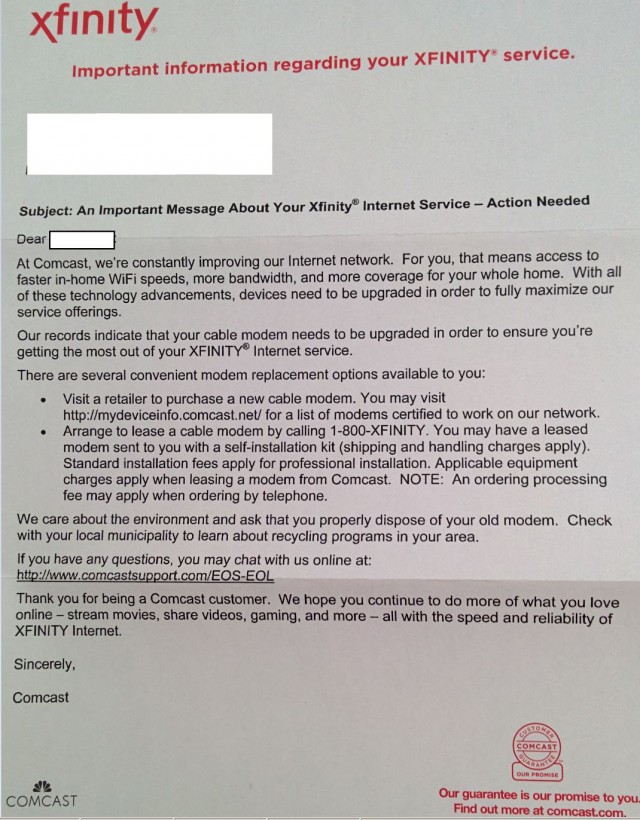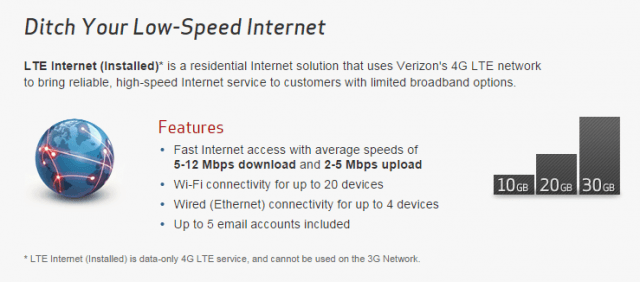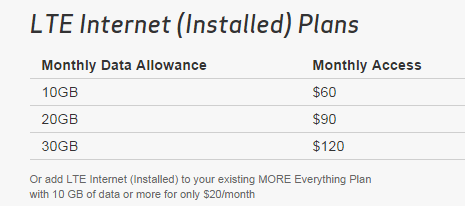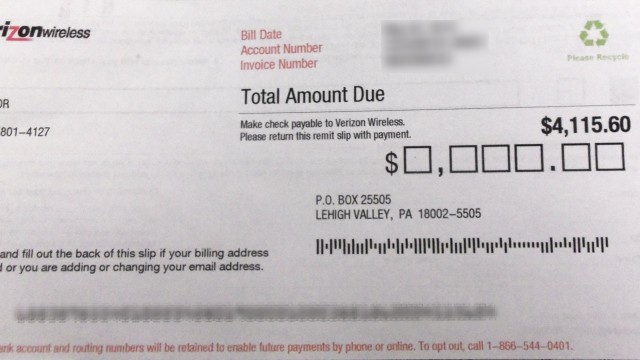 MeTV is getting some quasi-competition starting in the second quarter of next year as CBS and Weigel Broadcasting launch “Decades,” a new over-the-air television network that CBS is calling “the ultimate TV time capsule.”
MeTV is getting some quasi-competition starting in the second quarter of next year as CBS and Weigel Broadcasting launch “Decades,” a new over-the-air television network that CBS is calling “the ultimate TV time capsule.”
The new network will launch as a digital sub-channel on many CBS-owned local television stations:
- KCBS Los Angeles
- KOVR Sacramento
- KPIX San Francisco
- KCNC Denver
- WFOR Miami
- WTOG Tampa/St. Petersburg
- WBBM Chicago
- WJZ Baltimore
- WBZ Boston
- WWJ Detroit
- WCCO Minneapolis
- WCBS New York
- KYW Philadelphia
- KDKA Pittsburgh
- KTVT Dallas
Weigel will handle affiliation agreements with non-CBS owned stations, most likely CBS affiliates owned by other companies. Weigel already programs MeTV, so the two networks will probably avoid direct duplication of each other, but the formats are expected to be similar.
The agreement gives Weigel expanded access to CBS’ library of produced and acquired classic television shows including I Love Lucy, Star Trek, Cheers, Happy Days and other shows generally out of syndication. Decades will also feature some original programming, such as Decades Retrospectical, that will include clips from CBS News and Entertainment Tonight.
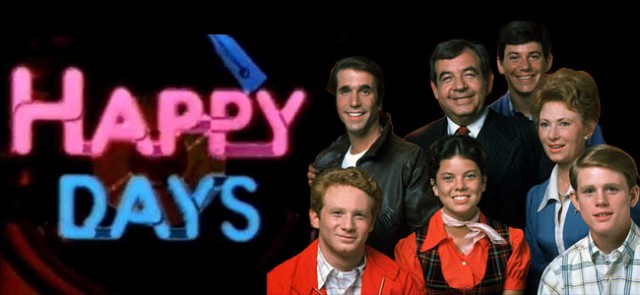 “Decades takes the digital broadcast network platform to a new level,” said Norman H. Shapiro, president of Weigel. “Viewers will ‘Relive, Remember & Relate’ to the events that touched their lives and generations past. The events, themes and programming possibilities are endless.”
“Decades takes the digital broadcast network platform to a new level,” said Norman H. Shapiro, president of Weigel. “Viewers will ‘Relive, Remember & Relate’ to the events that touched their lives and generations past. The events, themes and programming possibilities are endless.”
“Decades is the most ambitious and creative subchannel programming service that has ever been created,” said Peter Dunn, president, CBS Television Stations. “We are thrilled to partner with Weigel Broadcasting, the leaders in this space, to make smart use of our stations’ spectrums and our companies’ considerable programming assets. This service will be a tremendous new business for CBS and all of the other stations across the country that participate, regardless of their primary network affiliation.”
Decades is CBS’ first serious move into supporting digi-nets on its stations. CBS has been reluctant to allow digital subchannels, which can compromise the picture quality of its primary 1080i HD signal. But as digital compression technology has advanced, the network’s concerns have eased.
Decades will join Antenna TV, Cozi TV, Me-TV, and Retro TV, all of which focus heavily on classic TV shows, as well as This TV, FamilyNet, Bounce TV, and INSP, which also air some classic TV shows.
The growth in digi-nets may be waning, however. In late September, Weigel’s new Heroes & Icons channel devoted to crime and action shows like Cannon, The Man from U.N.C.L.E., Voyage to the Bottom of the Sea, The Wild Wild West, and Wagon Train only managed to pick up a small handful of affiliates, mostly Weigel-owned stations in the midwest. An ambitious project to launch four classic TV channels under the QUAD TV banner – one each for shows from the 60’s, 70’s, 80’s, and 90’s, was put on indefinite hold in August. The owners blamed uncertainty owing to the proposed merger of Comcast and Time Warner Cable, but the more likely reason is difficulty securing affiliate and carriage agreements at a time when rate sensitivity on cable and channel space on broadcast television are major concerns.


 Subscribe
Subscribe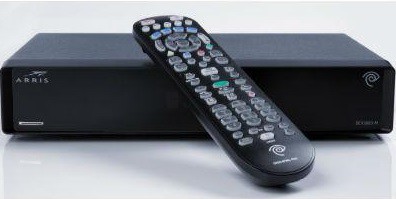
 New Zealanders want faster broadband and they want it without a usage cap, and Snap is ready to offer both.
New Zealanders want faster broadband and they want it without a usage cap, and Snap is ready to offer both. Snap’s new service comes as a result of New Zealand’s deployment of fiber networks and an end to usage caps, consumption billing, and/or bandwidth throttling. Snap has been well received in New Zealand because it guarantees no traffic shaping, traffic management schemes, or mandatory usage caps. This comes at a time when North American providers are trying to force customers into usage-capped broadband plans and wireless carriers insist on using traffic shaping and caps.
Snap’s new service comes as a result of New Zealand’s deployment of fiber networks and an end to usage caps, consumption billing, and/or bandwidth throttling. Snap has been well received in New Zealand because it guarantees no traffic shaping, traffic management schemes, or mandatory usage caps. This comes at a time when North American providers are trying to force customers into usage-capped broadband plans and wireless carriers insist on using traffic shaping and caps.